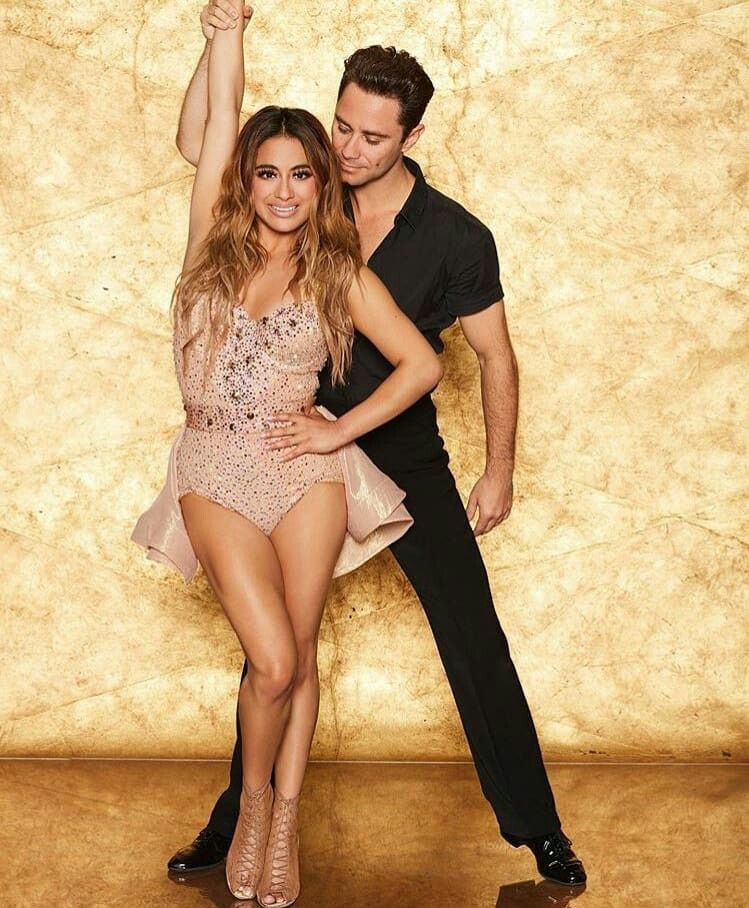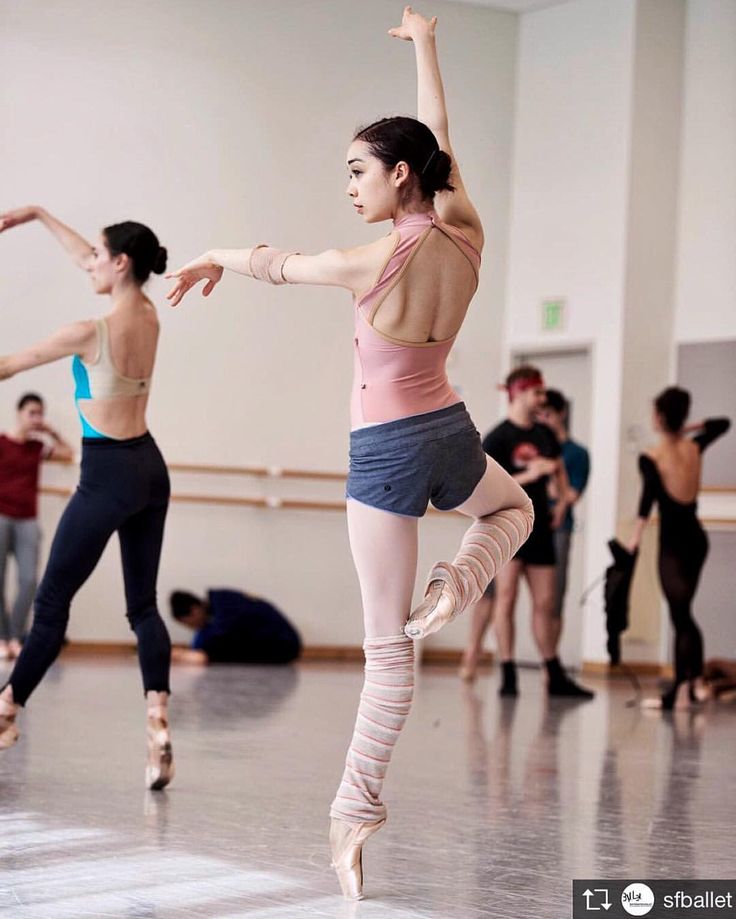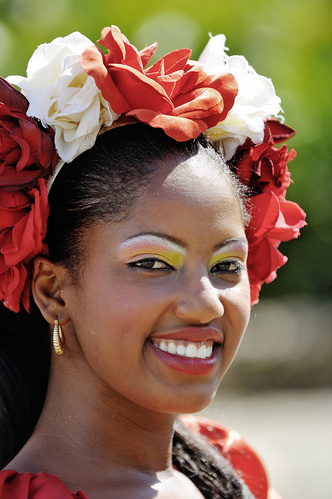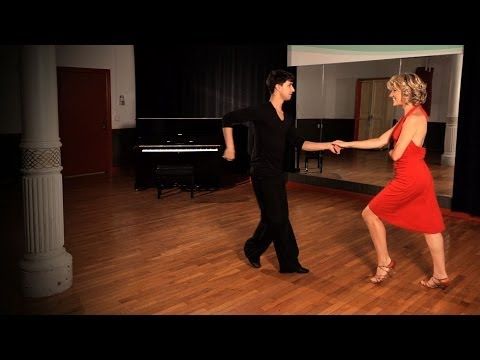How to gig dance
How to Perform a Gig
|
PHOTO CREDIT: Above photo by John Rickman Photography, San Jose, California.
|
|
Table of Contents
- Introduction
- The Day of the Show
- While You're Dancing
- Waking Up a Quiet Audience
- Dealing with Hecklers
|
- After Your Show
- Related Articles
|
Introduction
You've spent years studying the dance, you've performed extensively in non-pro community events to perfect your stage presence, you've stocked your closet with professional costumes, and you've assembled an assortment of music appropriate to professional performances.![]() Here's how to bring it all together in doing a professional gig. Here's how to bring it all together in doing a professional gig.
In a perfect world, your teacher would be the one coaching you on how to perform a professional gig. Your teacher should be the one helping you assess whether you are ready. If you have a good teacher, I encourage you to work with that person, and if you are given advice on things to polish before going pro, I encourage you to work through it.
However, I realize this is not a perfect world. I realize that some dancers don't have teachers to help them with this. Others have teachers who have never done pro gigs of their own, and therefore don't have the knowledge to help their students enter the world of gigging. This article is meant to help those who lack access to coaching from their teachers.
PHOTO CREDIT: Photo by Pixie Vision, Glendale, California. |
|
The Day of the Show
Leave your house at least 15 minutes earlier than you think is necessary
to get there on time.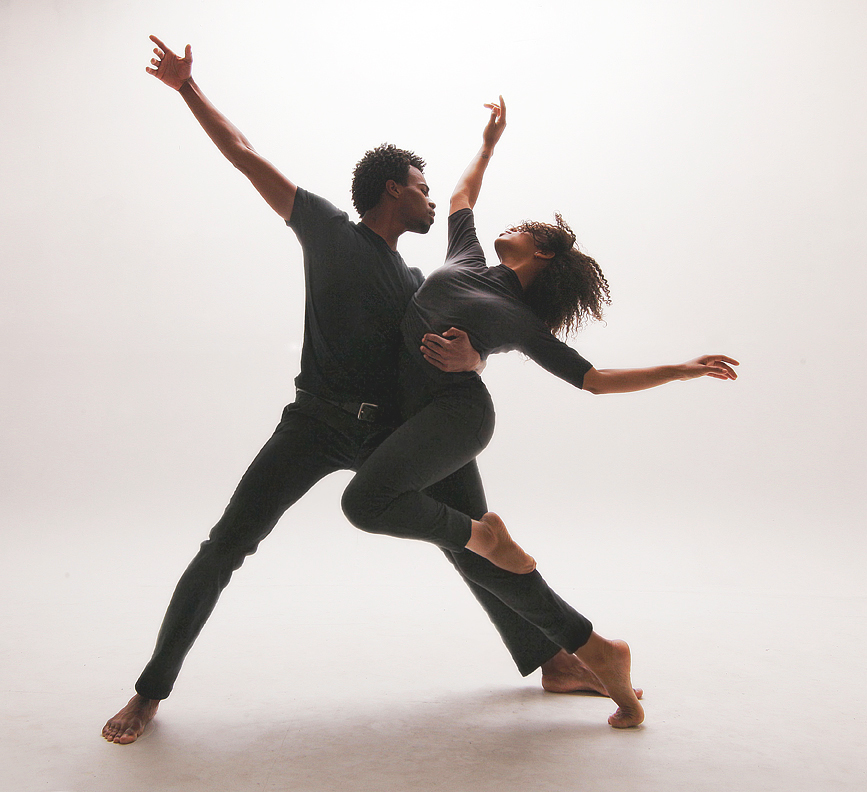 That gives you a buffer, just in case you
get lost, get caught in unexpected bad traffic, etc. That gives you a buffer, just in case you
get lost, get caught in unexpected bad traffic, etc.
What to take with you:
- A companion who can provide you with moral support and assistance
in carrying your gear. Having an assistant will also serve as a deterrent to potentially troublesome audience members.
- The phone number of your contact person and the phone number of the site where the
party will be, so you can call if you get lost, are unavoidably
delayed, etc.
- A map that shows the location you are going to, plus the
directions you received from your client on how to get there. In today's world, many of us rely on GPS, but it can still be helpful to take along a map or directions. Sometimes GPS gives incorrect information.
- A cover-up to wear over your costume while driving to the gig,
and put on when you are done dancing.

- Boom box with AC adapter cord and spare batteries. You can
leave it in the car if the client said there would be a sound
system available at the site, but at least you'll have it "just
in case".
- Two copies of the CD with your music. I also take an MP3 player with a playlist containing my set. Sometimes things go wrong, and a backup can save the gig.
- Your business cards.
- Appropriate bills in case you need to make change. Many people
get cash from their ATM machines in $20 bills. For example, if
you charge $125 for a bellygram, take at least three $5 bills with
you in case all the client has on hand is seven $20 bills totalling
$140.
- Any props you plan to use: sword, finger cymbals, veil, cane,
etc.
- Any leave-behinds you use: greeting card for the guest of
honor (with your business card enclosed), helium balloons, etc.
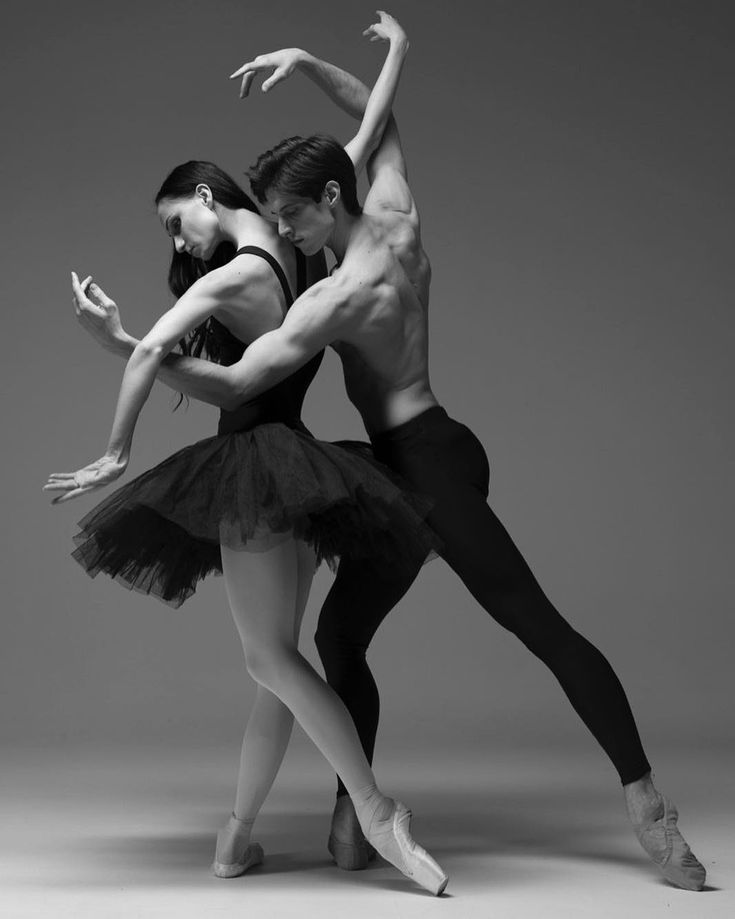
- Hand mirror and spare makeup in case you need to freshen
up in the car.
- Extra safety pins.
Collect your fee when you arrive, before you dance. That way,
if something goes sour, such as the audience grabbing at you
and the host not intervening on your behalf, you can take the
money and run. These things rarely happen, but it's best to be
prepared. Many Americans are hesitant to ask for money. Don't
be — this is a business transaction. They are purchasing a service
from you, and you are entitled to ask for payment.
Insist on dancing at the agreed-upon time--or, at least no
later than 30 minutes after the agreed-upon time. Do not agree to sit around and wait until they are somehow "ready"
for you — they might leave you cooling your heels for an hour
or more if you docilely agree to wait around! And in the meantime,
they may be getting drunker and rowdier — that's not what
you want!
PHOTO CREDIT: Photo by Kaylyn Hoskins, Solon, Iowa. |
|
While You're Dancing
This is the fun part of the gig! After all, you're doing this because you love to dance! Now, have a wonderful
time, but don't forget that you are a paid professional and your reason for being there is to entertain them.
The client isn't paying you to enjoy personal gratification, express yourself, or create some sort of esoteric art — s/he is paying you for entertainment, and
you should put that ahead of whatever other sources of satisfaction
you seek from your dance.
Waking Up A Quiet Audience
Is the audience having trouble warming up to your show? Here
are some ways to create a party mood!
- Vocalize! Zaghareet. Yip. Shout Opa! Make eye contact with
audience members as you do so.
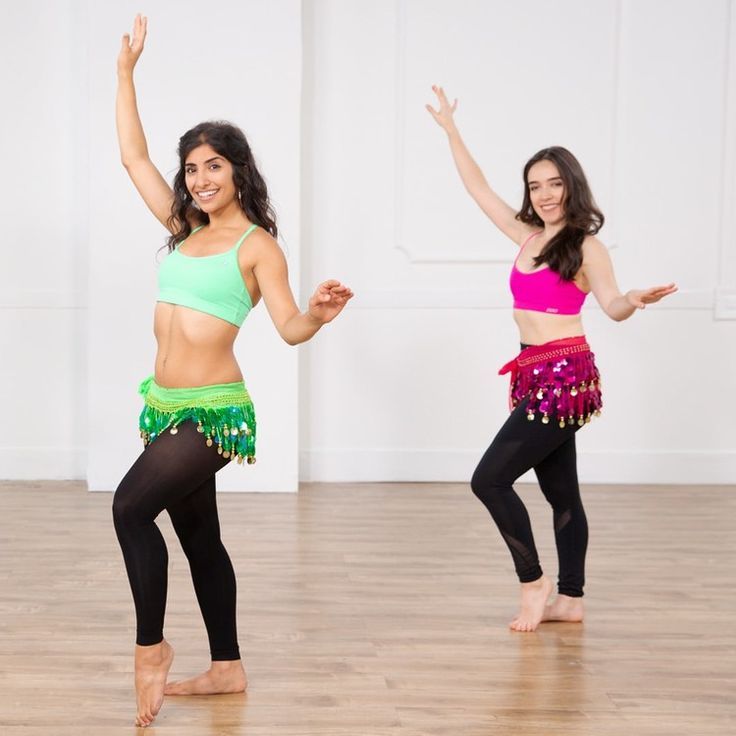
- In a particularly rhythmic section of the music, clap along with the beat and make eye contact with audience members to join you in clapping. However, don't overdo this — it could make you look desperate if you repeatedly do it. Once per performance can be fun, but more than once is usually too much.
- Recruit audience members to dance with you. If children are
present, they make wonderful dance partners because they're not
too inhibited yet, and they'll generate the kind of memorable
photos and video footage that will make your client feel s/he
has gotten a good value for the money.
- Once you get an audience member to dance with you, applaud
that person yourself and encourage everyone else to join you
in thanking him/her. Or, stand still with a bright smile on your
face and clap along with the music while that person dances.
 You can start this while s/he is still dancing — that will probably
generate longer applause than what you would get if you wait
until s/he returns to the sidelines.
You can start this while s/he is still dancing — that will probably
generate longer applause than what you would get if you wait
until s/he returns to the sidelines.
- Insert a few comedic moves into your show, and treat your
audience to mischievous smiles or even outright laughs as you
do them. Try to make everybody smile.
PHOTO CREDIT: Photo by John Rickman Photography, San Jose, California. |
|
Dealing With Hecklers
The good news is that this problem is rare. If you properly
screened the gig when you spoke with the client on the phone,
and if you insisted on dancing at the scheduled time (before
the audience gets too drunk), chances are everything will go
perfectly well. Most people are too courteous to interfere with
your show, and most audiences will apply peer pressure to the
occasional heckler to settle him down for you.
Usually, hecklers are attention-seeking, trying to be the "life
of the party" and get laughs from everyone else. Sometimes, but not always,
they have had too much alcohol to drink. Fortunately, they are
usually not too difficult to manage. Here are some possible approaches
you might take. Use whatever fits your personality best and seems
to best match the situation at the time.
If circumstances allow, as you deal with the heckler try to
project this attitude: "Your interruptions are not important,
and they're not going to get under my skin. I'm a professional,
and I'm having a lot of fun at what I'm doing, and your little
distractions aren't going to ruin it." In other words, it's
best to start by trying to use humor and good-natured teasing
to nudge the heckler into behaving properly.
Don't start acting
stern, or annoyed, or upset unless you've completely exhausted
your ability to tease the offender into cooperation.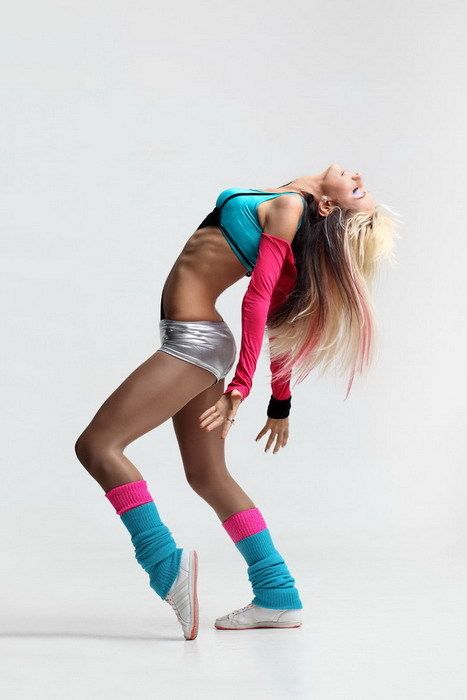 The heckler may be a friend or family member of the client, and the way you handle the situation may be talked about for years. If you can
keep a good-natured air about you as you cope with the heckler,
your audience will remember you as a real pro who kept her cool
and handled the issue gracefully. Isn't that a nice impression
to leave behind? The heckler may be a friend or family member of the client, and the way you handle the situation may be talked about for years. If you can
keep a good-natured air about you as you cope with the heckler,
your audience will remember you as a real pro who kept her cool
and handled the issue gracefully. Isn't that a nice impression
to leave behind?
Remember that it is the host's responsibility to take care
of hecklers for you. If the host doesn't do that, then you are perfectly within
your rights to end the show and leave without refunding any portion
of the fee. Fortunately, it rarely comes to that. But always
be prepared to do it.
PHOTO CREDIT: Photo by John Rickman Photography, San Jose, California. |
|
If The Heckler Is Shouting Rude Comments From The Sidelines
- The first two times he does it, ignore him.
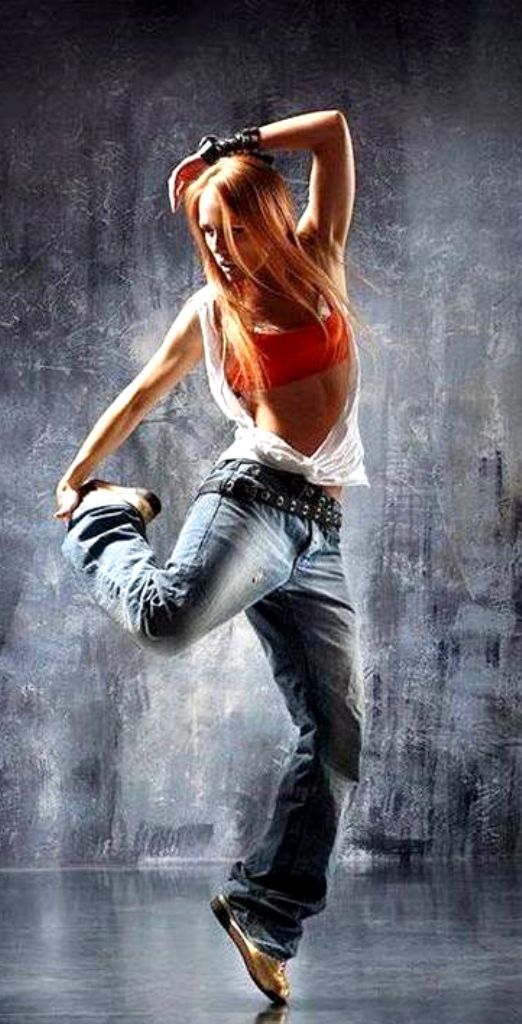 It's possible
other audience members will silence him for you. It's possible
other audience members will silence him for you.
- Make the heckler dance with you. Tie your veil around his
hips. Look at the audience and motion at him as if to say, "Please
clap for this person so he will feel gratified and let me get
on with my show."
- Stop dancing, look in his direction, and say with a touch
of humor in your voice, "Let me know when you're finished
so I can continue the show." Stand there a moment until
you have reason to believe he is finished, then resume dancing.
- If he persists, put your hands on your hips, and ask something
that will embarrass him enough to make him stop. For example,
"Who is the performer here, me or you?", "Excuse
me, but if you don't care for my dancing, perhaps you'd like
to leave the room for 10 minutes?", "Didn't your mother
ever teach you to treat other people with respect?".
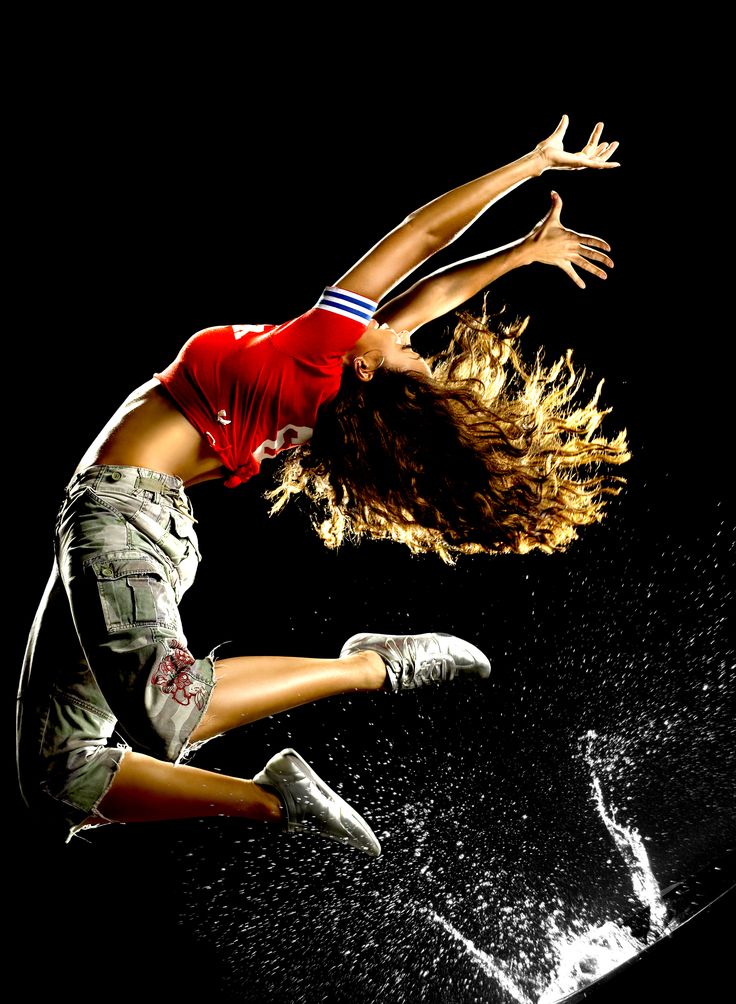 Try
to keep your voice from sounding too angry or bitchy — that could
alienate the other audience members whose support you need to
turn him off. Try to act as though you are amused by his bad
manners, or embarrassed for him. This is usually enough to get
other audience members to apply peer pressure to silence him.
Don't resume dancing until they do. Shut off the music and leave
if you need to. Try
to keep your voice from sounding too angry or bitchy — that could
alienate the other audience members whose support you need to
turn him off. Try to act as though you are amused by his bad
manners, or embarrassed for him. This is usually enough to get
other audience members to apply peer pressure to silence him.
Don't resume dancing until they do. Shut off the music and leave
if you need to.
If The Heckler Has Come Onstage And Won't Leave
Leave the stage yourself and go sit down somewhere. Then start
clapping for him, or zaghareet. The idea is to playfully suggest
that the show doesn't need two stars on stage, so you're going
to make room for the other one. Stay on the sidelines until the
host or one of the other party-goers deals with the heckler for
you.
If The Heckler Is Grabbing At You Or Trying To Touch You
- Wag your finger at him with a "no-no" expression
on your face, as if you were scolding a child while you back
away.
 If he's trying to tuck a tip in an inappropriate place,
point with your finger to where you would rather have him put
it. That's usually enough. If he's trying to tuck a tip in an inappropriate place,
point with your finger to where you would rather have him put
it. That's usually enough.
- If that doesn't suffice, stop dancing and hold your arm out
to keep him at arm's length. Better yet, if you brought a sword,
grab it and place it between you and the heckler. The audience
will probably intervene on your behalf at this point.
- If the problem continues, announce that you're sorry, but
you'll have to end the show because you cannot dance and defend
yourself at the same time, and pack up your boombox and leave.
PHOTO CREDIT: Photo by Michael Baxter, Santa Clara, California. |
|
After Your Show
- Curtsy nicely at the end of your final song.
 The traditional
theatrical bow from the waist is not necessarily a good idea — it
might emphasize your cleavage too much. The traditional
theatrical bow from the waist is not necessarily a good idea — it
might emphasize your cleavage too much.
- Thank the audience for being such a great group to dance
for.
- If there is a guest of honor, invite the audience to join
you in a round of applause for that guest.
- If appropriate, pose for pictures with the guest of honor
and present the greeting card.
- Offer your business cards to anyone who wants one.
- Thank the host for hiring you, and tell that person you enjoyed
dancing for his/her event.
- If you are invited to stay and party with everyone
else, it's best to smile and politely decline, telling the client you regret saying no, but you need to go to your next gig. It's best to avoid mingling with the group after your performance, because it destroys the mystique of the performance.
 However, if many of the audience members are your friends and family, and you would have been an invited guest anyway, then it may be fine to stay. If you do, change your clothes or put a cover-up such as the one in the photo over your costume before
joining in. Blot the perspiration off your face and refresh your
make-up. No one wants to look at the sweat rolling off your skin
while they talk to you. However, if many of the audience members are your friends and family, and you would have been an invited guest anyway, then it may be fine to stay. If you do, change your clothes or put a cover-up such as the one in the photo over your costume before
joining in. Blot the perspiration off your face and refresh your
make-up. No one wants to look at the sweat rolling off your skin
while they talk to you.
PHOTO CREDIT: Photo by Pixie Vision, Glendale, California. |
|
Related Articles
- Booking Gigs. How to talk to prospective clients about their entertainment needs.
- Planning A Gig. Once you've booked it, it's time to start planning the details!
- Your Personal Safety as a Belly Dancer. Beware of people with dishonorable motives!
|
- How to Deal with Restaurant Audiences.
 Why diners behave the way they do, and how to handle it. Why diners behave the way they do, and how to handle it.
- Tips & Tricks on the Business of Belly Dancing. Quick tips on gigging, marketing, and more.
|
Copyright Notice
This entire web site is copyrighted. All rights reserved.
All articles, images, forms, scripts, directories, and product reviews on this web site are the property of Shira unless a different author/artist is identified. Material from this web site may not be posted on any other web site unless permission is first obtained from Shira.
Academic papers for school purposes may use information from this site only if the paper properly identifies the original article on Shira.net using appropriate citations (footnotes, end notes, etc.) and bibliography. Consult your instructor for instructions on how to do this.
If you wish to translate articles from Shira.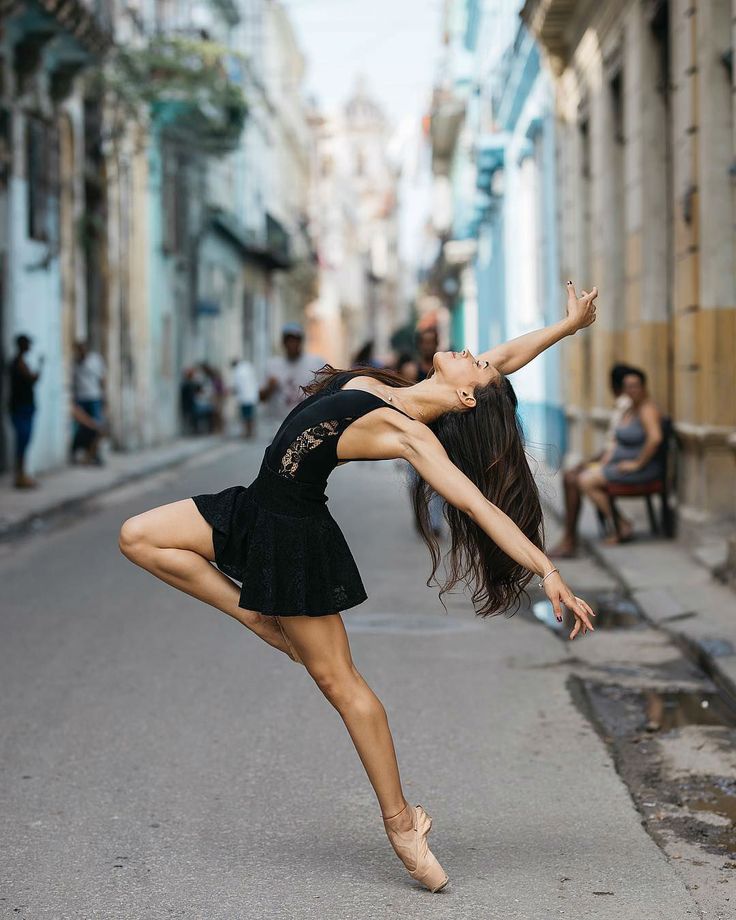 net into a language other than English, Shira will be happy to post your translation here on Shira.net along with a note identifying you as the translator. This could include your photo and biography if you want it to. Contact Shira for more information. You may not post translations of Shira's articles on anybody else's web site, not even your own. net into a language other than English, Shira will be happy to post your translation here on Shira.net along with a note identifying you as the translator. This could include your photo and biography if you want it to. Contact Shira for more information. You may not post translations of Shira's articles on anybody else's web site, not even your own.
If you are a teacher, performer, or student of Middle Eastern dance, you may link directly to any page on this web site from either your blog or your own web site without first obtaining Shira's permission. Click here for link buttons and other information on how to link.
|
Planning a Belly Dance Gig
|
PHOTO CREDIT: Above photo by John Rickman Photography, San Jose, California.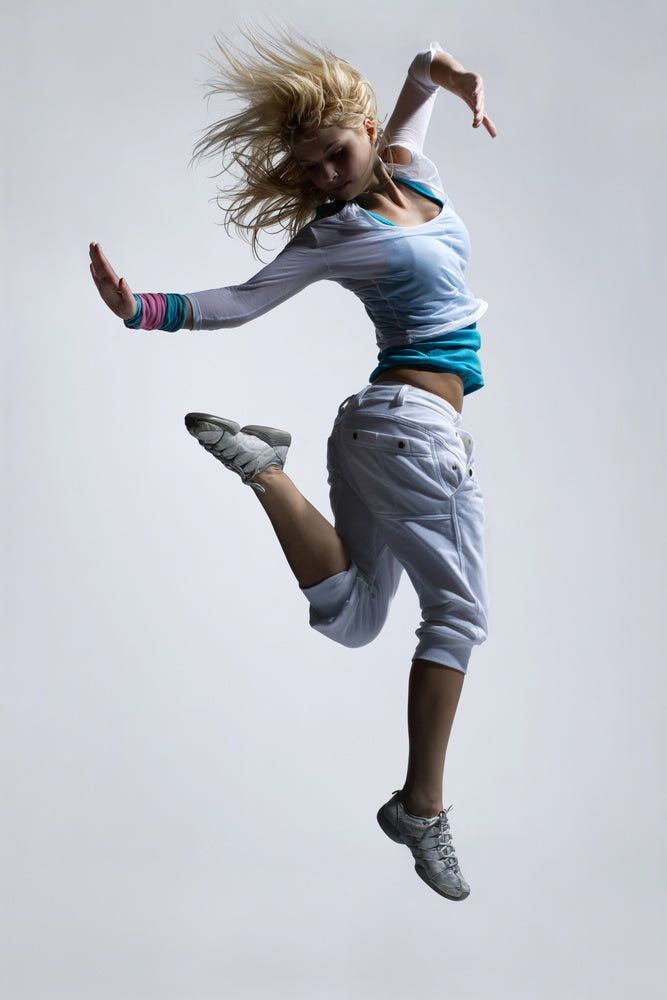
|
|
Table of Contents
- Choosing Music
- Props
- Setting the Party Mood
|
- Technicalities
- Related Articles
|
Performing professionally is quite different from performing just for fun. When a customer pays a dancer, the customer expects a carefully-planned, professional show delivered by a confident, capable entertainer. Here are some guidelines for dancers just starting their professional careers on how to plan a performance, delivering value that is worth what the customer has paid for it.
Choosing Music
Music shapes your show.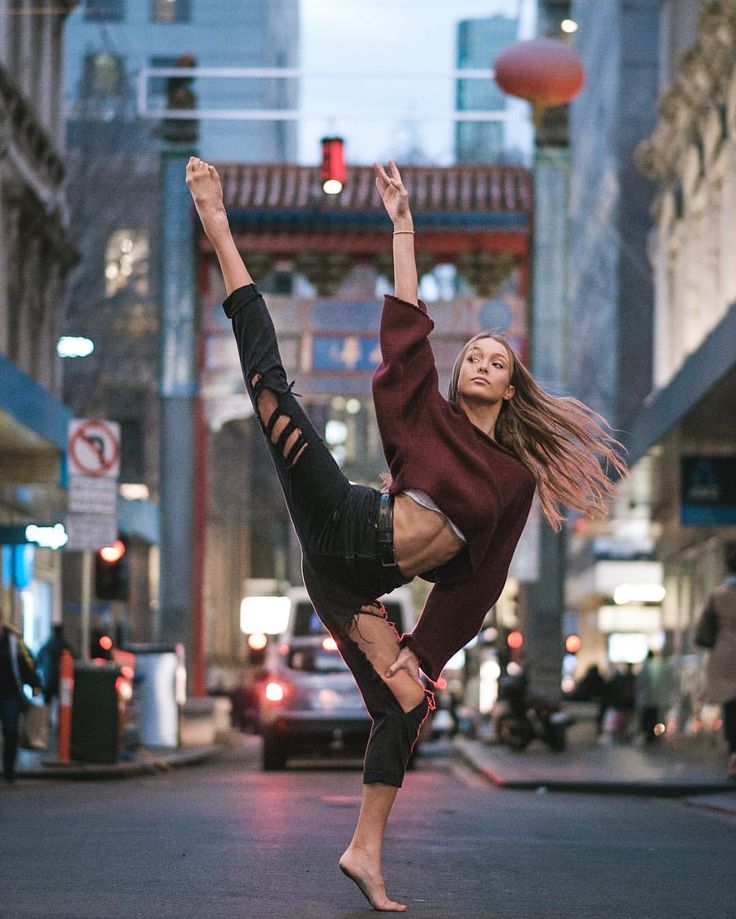 The right music can inspire both you and your audience. The wrong music could alienate your audience, and even ruin your show. The right music can inspire both you and your audience. The wrong music could alienate your audience, and even ruin your show.
For an American audience, heavily ethnic songs such as those played on mizmar should be used sparingly. Select songs that are no longer than 3 1/2 minutes each. If your songs are too long, the audience will get restless — the "Top 40" radio station format has taught Americans to have a short attention span when it comes to song duration. Use a very lively, very rhythmic song for your opening music. Follow a format of fast, slow, fast, slow, fast, slow, fast until your show is the appropriate length. Try to vary the style of the music and how you dance to it. The performance could include some Turkish and some Arabic music.
Consider the ethnic make-up of your audience when choosing
music. Ethnic audiences appreciate music that comes from their own culture. Arabs usually expect mostly Egyptian and Lebanese music. It's often advisable to include a mix of classical songs to show your dance skills and some current pop favorites to get audience members up to dance with you. You can also use longer songs for an ethnic audience — many popular songs broadcast on Egyptian radio run 4 or 5 minutes in length. You can also use longer songs for an ethnic audience — many popular songs broadcast on Egyptian radio run 4 or 5 minutes in length.
At the end of your final song, leave a brief gap of silence for your bow or curtsy, then follow that with exit music that will play while you whisk yourself offstage.
Find out whether the client will be providing a sound system, or whether you are expected to bring your own boombox. Find out whether you need to bring an MP3 player, and if so, what kind of docking there will be for it. If you'll be using a CD, put only the music for that one show on a CD by itself — do not assume that someone at the gig will cue up the right track for you.
PHOTO CREDIT: Photo by John Rickman Photography, San Jose, California. |
|
Planning Props
Use only props that you are highly skilled in.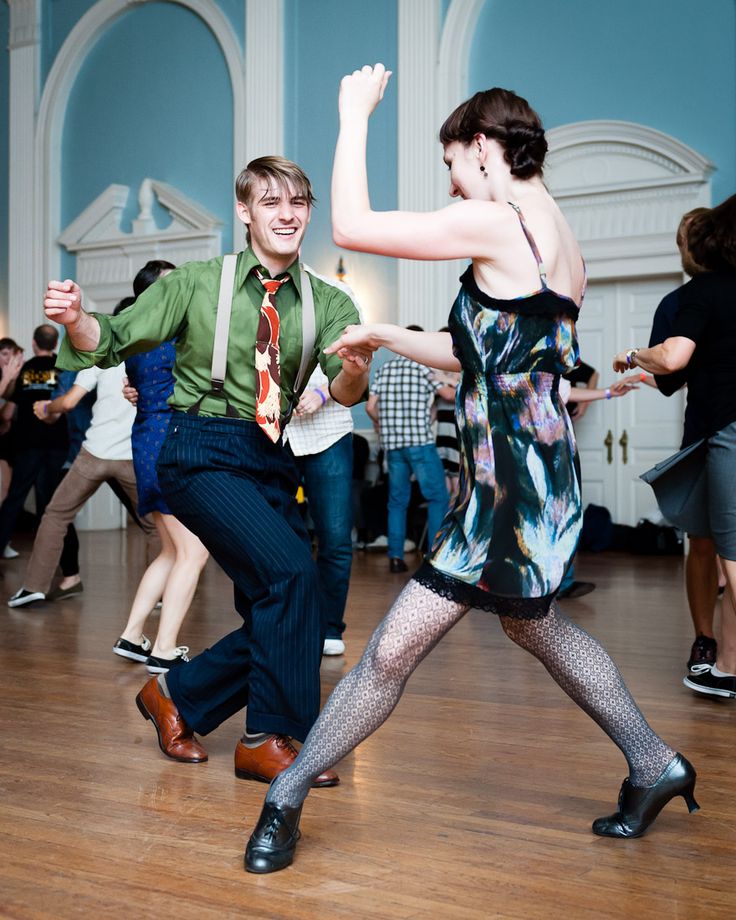 Clients will expect you to know what you're doing. A paying gig is the wrong environment to try something new — save your experimentation for informal belly dance "insider" events. Clients will expect you to know what you're doing. A paying gig is the wrong environment to try something new — save your experimentation for informal belly dance "insider" events.
For a short 10-minute show, it's usually best to use only one prop. For a 20-minute show, there is room for one or two props. Props are like spice - in small amounts, they can add excitement to your show. But if you overdo them, you'll look like more of a novelty act than a dancer.
An ethnic audience will appreciate props that show ties to their culture. For example, Egyptian and Lebanese audience members will appreciate dancing with a cane. American audiences enjoy the skill required to balance a sword or a tray.
If the show will be a party in someone's private residence,
don't plan on using veil or cane because you probably won't have
space for them, and use smaller finger cymbals that don't make
such a loud noise in close quarters.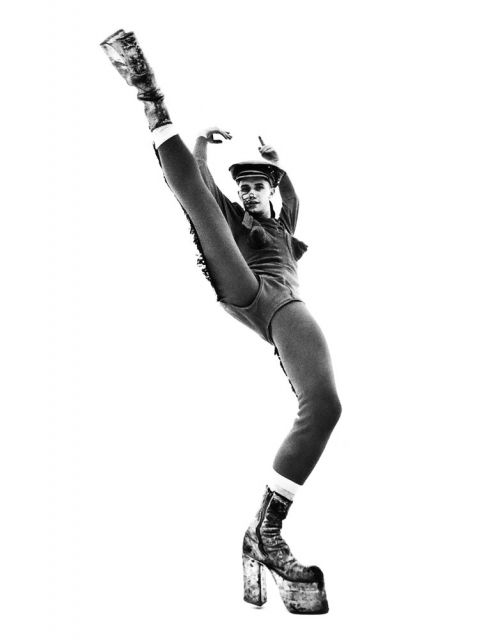
If you have new props, practice with them before the day of
the show, wearing the same costume you plan to wear for the show. Make sure you're totally comfortable with how this
particular sword, or that particular tray, behaves.
If you plan to use live fire in your performance (candelabrum,
candleholders in your hands, etc.), ask your client to check
on whether the building where the performance will be held allows
it. Also plan to wear a costume made of natural fiber, for safety's sake. There's probably no problem if you'll be dancing at a private
residence, but if your show will be in a public place such as
a restaurant, you might be told to douse your flame. It would
be embarrassing to abruptly discover that an integral part of
your show suddenly could not be used, and it could disorient
you enough to prevent you from putting your best foot forward
through the rest of your show.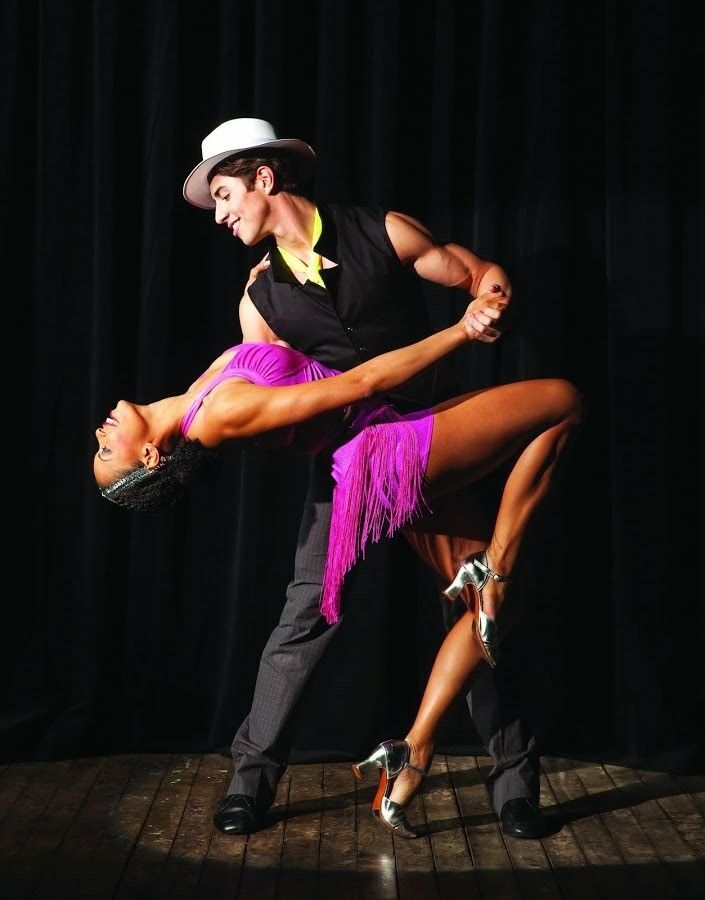
Swords are usually audience pleasers, and work well in confined spaces of private homes and restaurants. For outdoor events, beware of props such as veils and swords that will be temperamental on a windy day.
Before the gig, check whether your props require any repairs or maintenance, and make any fixes that may be needed.
PHOTO CREDIT: Photo by John Rickman Photography, San Jose, California. |
|
Setting the Party Mood
If the party has a guest of honor, plan how you will make
that person the center of attention. Get her up to dance? Put
a crown on his head and dance around him as if he were king for a day? Place her in a chair
in the center of the performance space and lead all the party
guests in a simple dabka folk dance in a circle around her? Pose for
pictures with him afterward? These are all good to do because
they draw the focus to the guest of honor while allowing him/her to
keep his/her dignity.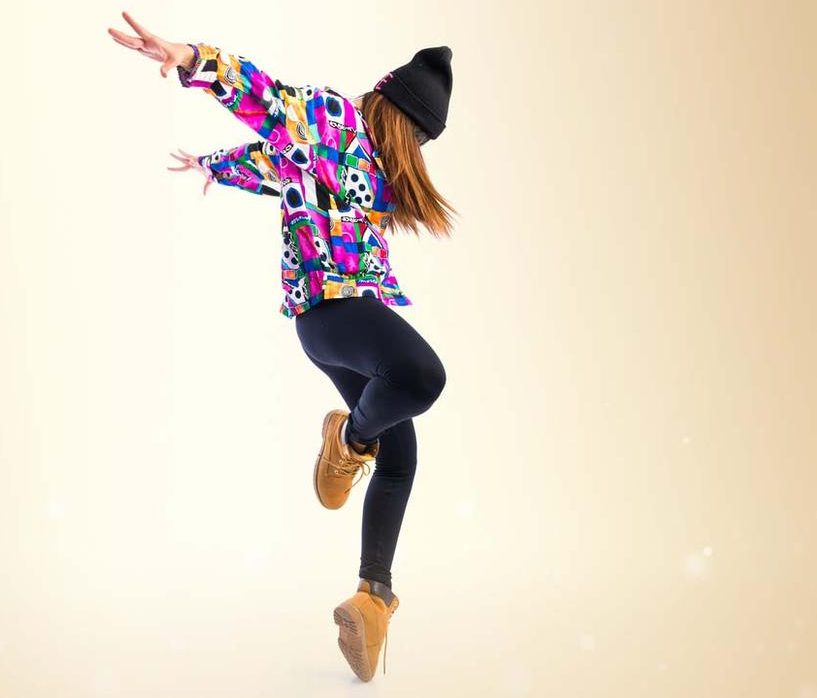
If the party does not have a guest of honor, these diversions can still be entertaining to use on members of the audience
who look like they deserve a little special attention. After
all, which will make the most treasured memories of the event
five years from now — a memory of you, a stranger, expressing yourself, or a memory of you getting old Joe to get up and dance
with you? Which picture in the photo album will evoke the biggest
smiles in two years — one of you, a stranger, posing in a pretty costume, or one of
good old Joe with a silly plastic crown on his head with you posing
next to him?
Be careful about exactly what things you might do to embarrass
a guest of honor. Choose things that do not have any overtones
of sexuality or seduction, because those are likely to offend
many members of the audience, and make you look tacky.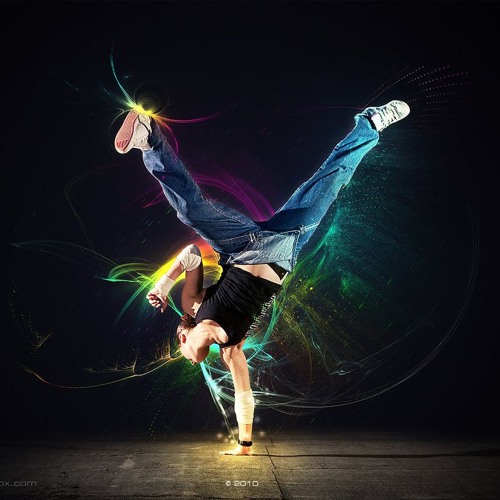 For example,
do not put a bald man's head between your breasts and
then shimmy them, do not shimmy your breasts directly
in a man's face, do not ask a man to tuck a banknote into
your bra, and do not put your skirt up over a man's head
and then gyrate your hips. Do not sit on a man's lap, and do not feed him grapes. These things alienate audiences. Dancers who engage in these practices
cause the public to lose respect for the dance. For example,
do not put a bald man's head between your breasts and
then shimmy them, do not shimmy your breasts directly
in a man's face, do not ask a man to tuck a banknote into
your bra, and do not put your skirt up over a man's head
and then gyrate your hips. Do not sit on a man's lap, and do not feed him grapes. These things alienate audiences. Dancers who engage in these practices
cause the public to lose respect for the dance.
Think about whether you want to incorporate audience participation,
and if so, how. Do you want to include a simple folk dance that
everybody can do near the end of your show? (This would work
well just before your finale if you have a large performance
space.) Or do you just want to grab people to get up in ones
and twos to dance with you?
PHOTO CREDIT: Photo by John Rickman Photography, San Jose, California.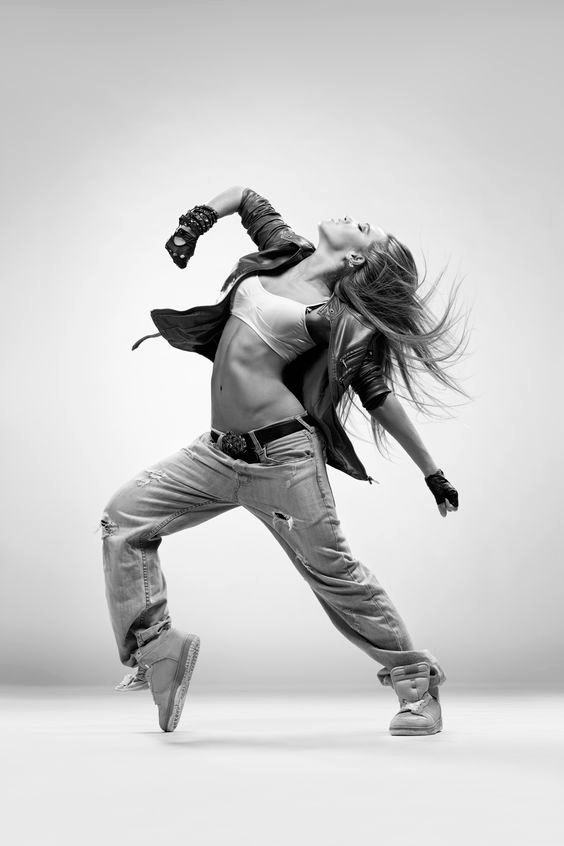 |
|
Technicalities
- Examine your costume to make sure all the closures work properly
and are firmly sewn into place, all straps are securely anchored,
etc. Make any needed repairs. If the costume is new, practice
in it using the same props you will use in the show to get comfortable
with how it moves.
- If you will be dancing in a private residence or similar
setting where you will be dancing very close to your audience,
don't wear a costume that shows a lot of wear and tear up close.
Pick something that will look like it's in good condition both
up close and from a distance.
- Make a spare copy of your music. You
never can tell when a disaster will happen with your dance CD or MP3 player.

- Check the batteries in your boom box to make sure they still
work.
- Set the volume on your boombox to the level that you will
want to use for your performance so that you won't have to meddle
with it after you start to dance.
- Fill the tank of your car with gas.
- Check the elastics on your finger cymbals. Replace them if
necessary.
- Invite someone you know to accompany you as your assistant/bodyguard.
PHOTO CREDIT: Photo by Michael Baxter, Santa Clara, California. |
|
The Professional Touch
Make a little souvenir greeting card for the guest of honor
that contains a sentiment appropriate to the occasion, such as
"Happy Birthday, Joe!" or, "Good luck in your
new job!" Sign it, and enclose your business card.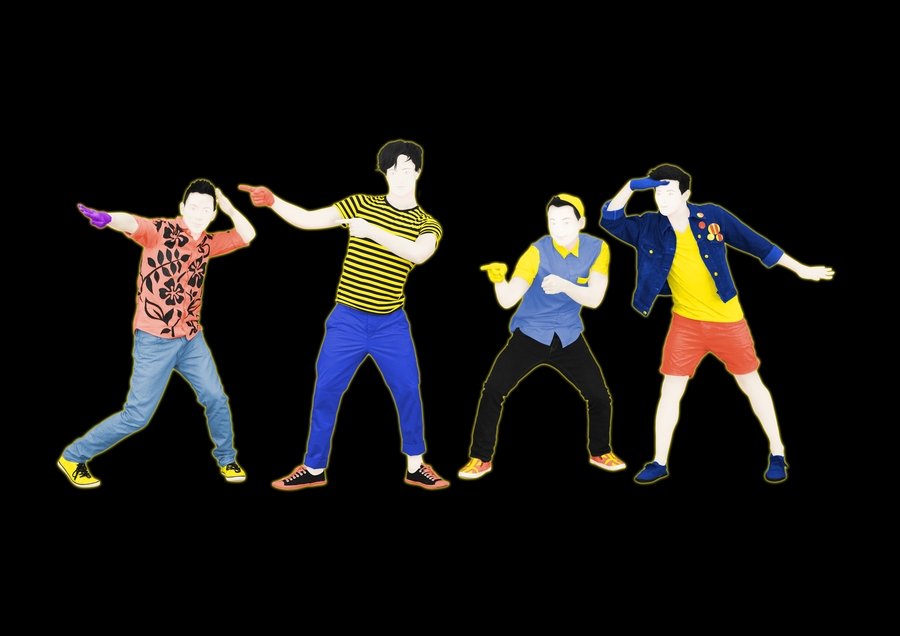
PHOTO CREDIT: Photo by William M. Smith, Iowa City, Iowa. |
|
Related Articles
- Booking Gigs. Handling that initial contact with a prospective client.
- Why Do You Charge So Much for Only 15 Minutes of Dancing? How to talk about rates with clients.
- Your Personal Safety as a Belly Dancer. Beware of people with dishonorable motives!
- Doing Gigs. Doing the actual performance.
|
- Are You Sure You Want to Belly Dance to That Song? Beware of pitfalls when choosing music for gigs!
- Tips & Tricks on the Business of Belly Dancing. Quick tips on gigging, marketing, and more.
|
Copyright Notice
This entire web site is copyrighted. All rights reserved. All rights reserved.
All articles, images, forms, scripts, directories, and product reviews on this web site are the property of Shira unless a different author/artist is identified. Material from this web site may not be posted on any other web site unless permission is first obtained from Shira.
Academic papers for school purposes may use information from this site only if the paper properly identifies the original article on Shira.net using appropriate citations (footnotes, end notes, etc.) and bibliography. Consult your instructor for instructions on how to do this.
If you wish to translate articles from Shira.net into a language other than English, Shira will be happy to post your translation here on Shira.net along with a note identifying you as the translator. This could include your photo and biography if you want it to. Contact Shira for more information. You may not post translations of Shira's articles on anybody else's web site, not even your own.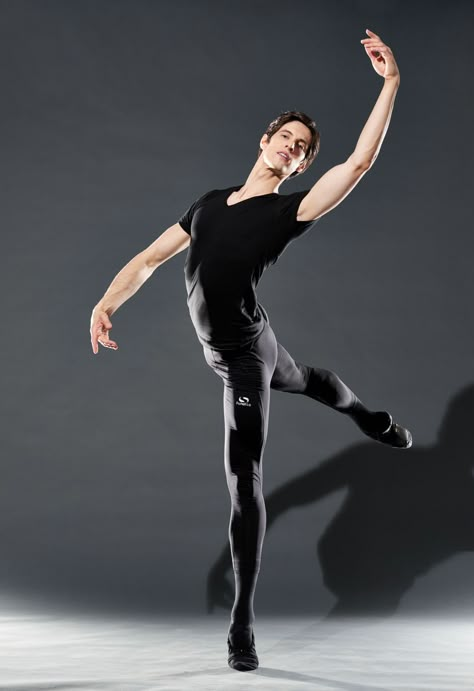
If you are a teacher, performer, or student of Middle Eastern dance, you may link directly to any page on this web site from either your blog or your own web site without first obtaining Shira's permission. Click here for link buttons and other information on how to link.
|
How not to disgrace yourself at a concert
When you look back at yourself from the past, a sample of, say, five years ago, you invariably become ashamed of your behavior. When I remember how I behaved at concerts at the age of 18, my still not bearded cheeks are flooded with a blush of shame. I'm actually very ashamed of what an idiot I was and how I prevented others from enjoying music. Maybe in another five years I will look back at myself again and think that “five years ago I was a complete idiot” - who knows? One thing I know for sure: I certainly won’t make any of the mistakes described below, which I sincerely wish you too, dude.
1.

Don't come drunk
This is what schoolchildren do when they don't earn their own living. They beg their parents for money for a ticket, and what they get for pocket money, they don’t spend a whole two weeks to buy a half a cheap cocktail and get drunk right before the concert. You came, you don’t remember anything, and besides, you’re already drunk.
If you want to drink, you will drink already inside. If you don’t want to, it’s even better: you will more adequately assess the sound, repertoire and skill of the musicians. And in general, it is a pity to consider any event that goes beyond the usual working days as a reason to get drunk.
2. Buy your tickets in advance
There is nothing worse than dancing in front of a club in the cold, tapping your feet against each other, and expecting someone to sell an extra ticket. Even if the tickets still remain at the box office, it will still be unpleasant for you to buy them in a crush, crush, kilometer-long queue, and even with extra charges.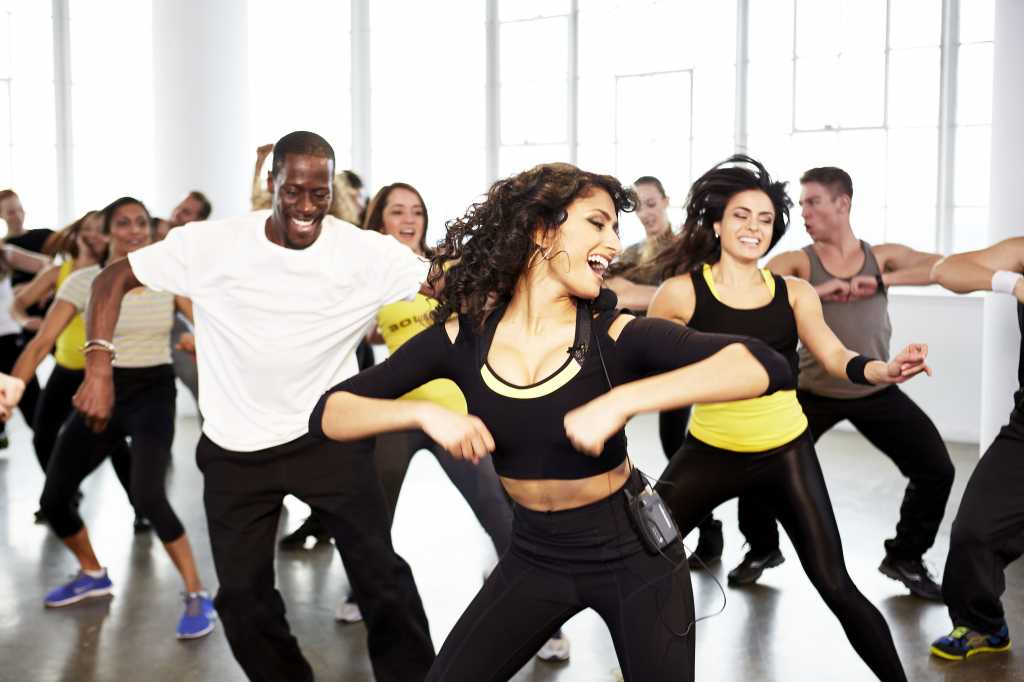 Going to a concert not sure if you will get there is not a great pleasure.
Going to a concert not sure if you will get there is not a great pleasure.
Tickets must be purchased in advance. First, in most cases it is cheaper. Secondly, this way you will definitely get inside and hear the same music. Thirdly, a ticket in your pocket gives you a sense of calm and certainty, and this, as they say in everyone's favorite advertising, is priceless.
3. Don't yell
All those Oooo and Aaah are for 16 year old girls. I understand that at the concert everyone is happy and excited, everyone is looking forward to the long-awaited miracle. There will be an opportune moment to yell: when the vocalist says: “Hi, Kryzhopol!”, talks about the tour and introduces the members of the group. Then God himself ordered to yell. But is every little thing worth it for you to tear your lungs and my eardrums?
For example, if a vocalist asks, "Does anyone else in this room like to eat?" that's not a reason for you to yell in my ear. Eating is great, I love it myself, but you didn't win the lottery.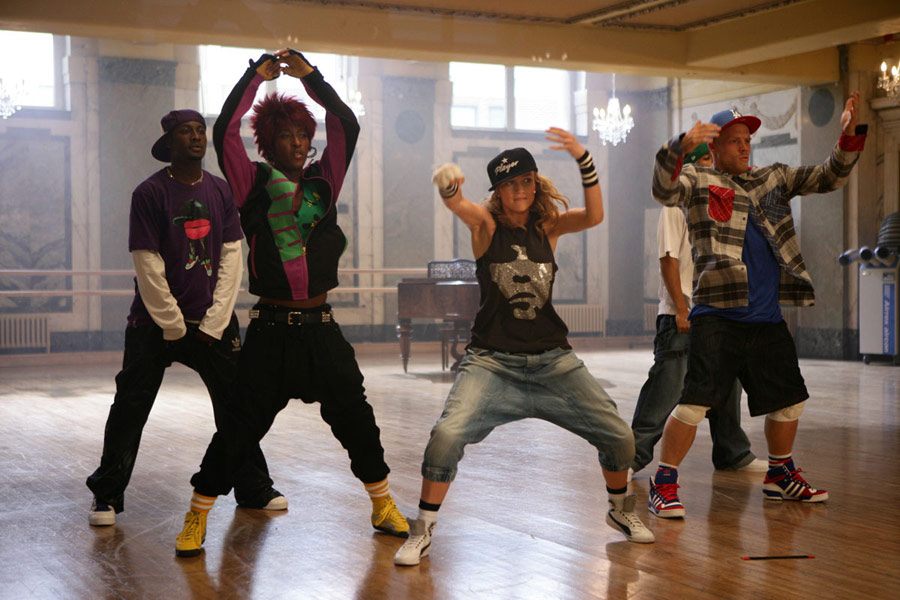
4. Don't pretend that you are a light music player
We all know how the concert is built: songs from the last album, old hits, impromptu breaks (if you're lucky) and a slow jam so that people don't go crazy with excitement and tension. At this time, everyone relaxes, take a breath, look around and stock up on strength for the next familiar track. The older you get, the more you appreciate these moments.
What do dudes that hurt to look at do? They are dancing. Is always. In any incomprehensible situation - and always the same. Fast music is playing - they are dancing. Slow music is playing - they are dancing in the same way. It even seems to me that they are dancing, even when the radio is turned on in the bus. Even when the funeral march is playing. Even when the bride and groom go to register the marriage. And always this person performs the same awkward movements, as if he does not know our recommendations.
Don't do that. You don't have to dance. If you stop for a minute, this does not mean that you are not having fun. From the outside, you look very stupid, roaringly lighting under arrhythmic jam. Calm down, dude. Everything is fine.
From the outside, you look very stupid, roaringly lighting under arrhythmic jam. Calm down, dude. Everything is fine.
5. Don't pretend to know all the words
We all do this, and acknowledgment is the first step towards improvement. Even if you are sincerely sure that you know the text, this is not always the case. Those who know this sin behind themselves have a lot of options to disgrace themselves. For example, you pretend to sing along to the chorus, and you think that the song is already over, raise your hands to clap - and then they start singing again. Ashamed? Still, especially if someone noticed it.
But this was so easy to avoid. It was enough just to sing along only in those places that you know. And more pleasure, and the mouth moves more naturally, and people do not look askance at you.
Don't embarrass yourself at concerts. Follow our advice and no one will judge you.
Other related articles:
tips
How to behave at a concert - www.

ellegirl.ru
Trending
“What other concert? Are you tired of living? You're not going anywhere!" - this is how parents usually respond to your requests to buy a ticket to a concert of your favorite band. But are concerts really that scary? They, like any other cultural events, have their own atmosphere: favorite music, a dark hall with lighting effects, general euphoria and jubilation. If for the first time you are going to go to a concert of your favorite artist, then you will probably have a question: “How not to look like a frightened black sheep”? Who knows, maybe at the concert you will be able to make interesting acquaintances or meet your soul mate? Just read our tips and everything will be great!
What to wear?
In fact, you don't have to bother and dress as you like, because all eyes will be directed to the stage, and not to you. But you still don’t want to look like a simpleton, because what if you manage to take a picture with your favorite musician or stick together a handsome guy? We are sure that in your wardrobe there are a couple of regular jeans - they are ideal for a concert.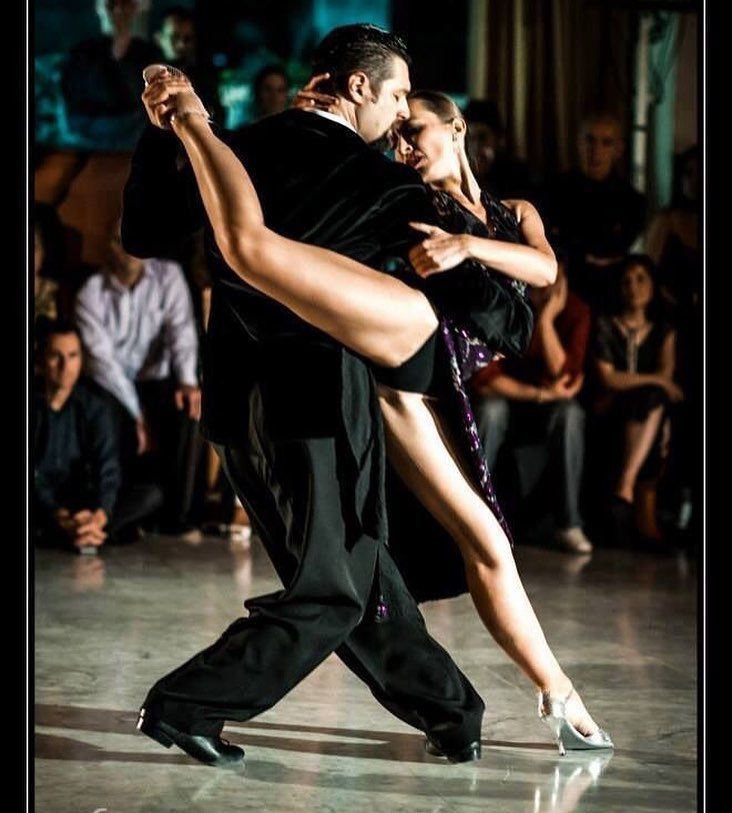 On top, put on a loose T-shirt, shirt or top. But the most ideal option is a T-shirt with the logo of your favorite band. The main thing to remember is that no matter how cold it is outside, it is always hot in the hall!
On top, put on a loose T-shirt, shirt or top. But the most ideal option is a T-shirt with the logo of your favorite band. The main thing to remember is that no matter how cold it is outside, it is always hot in the hall!
- Photo
- tumblr.com
You can take a backpack only if you are not going to dance right next to the stage, but plan to stand on the sidelines. For those who like to "slam" a cool hip bag is suitable. As for shoes, opt for the most comfortable sneakers or trainers in the world - after all, these are the most suitable shoes for a concert. In it you will be comfortable jumping and dancing to the beat of the music, and it will also protect your legs from ... other legs!
And don't be surprised if this is the last time you wear shoes.
If you are going to a music festival, which is usually held outdoors, it is best to bring a raincoat and a hat (eg cap). It doesn't take up much space. And if it rains, it will be very helpful. Also, unlike an umbrella, a raincoat will not interfere with you or others. A hat will protect you from sunstroke.
It doesn't take up much space. And if it rains, it will be very helpful. Also, unlike an umbrella, a raincoat will not interfere with you or others. A hat will protect you from sunstroke.
- Photo
- tumblr.com
P.S.: And don't forget to put your hair back in a ponytail! First, few people in the crowd will like it if your hair climbs into their face. And secondly, the curls will be safe and sound.
What time do you arrive?
It all depends on where exactly you want to be during the concert. Right next to the stage? Then come a few hours before the performance and be prepared to endure all these several hours in line for the sake of your favorite music. You can come later, however, be sure that when you arrive 2 hours before the concert, at the entrance you will see a huge crowd of fans who have been queuing since 7 or 8 in the morning. Usually these fans consider themselves "true" connoisseurs of music and behave a little aggressively. Therefore, do not try to squeeze into the beginning or even into the middle of the queue - they may just not do with offensive words. But don't worry, you will still have a chance to be at the stage itself - read about it later;) If you just want to enjoy the music, dance enough away from the uncontrollable crowd, you can safely come at the time indicated on the ticket.
Usually these fans consider themselves "true" connoisseurs of music and behave a little aggressively. Therefore, do not try to squeeze into the beginning or even into the middle of the queue - they may just not do with offensive words. But don't worry, you will still have a chance to be at the stage itself - read about it later;) If you just want to enjoy the music, dance enough away from the uncontrollable crowd, you can safely come at the time indicated on the ticket.
- Photo
- tumblr.com
Fan Launch
When launching, you should immediately prepare for what it will be like on the subway rush hour. Or even worse! Remember, just above, we talked about the fans who have been standing at the club since the very morning? And why did they warn you better not to climb into this crowd? Another reason lies just in the launch. Everyone wants to get to the club as soon as possible, and the stampede begins! Then, as a rule, everyone already forgets about the queue and makes their way to the entrance with all their might. Once again we advise you - do not climb into this crowd. If you come later, then nothing terrible will happen, you will still hear and see your favorite artist! :)
Once again we advise you - do not climb into this crowd. If you come later, then nothing terrible will happen, you will still hear and see your favorite artist! :)
- Photo
- tumblr.com
How to get to the stage itself?
The first rule - as soon as you are in the club, you should not rush headlong into the hall. Hurry, of course, it is necessary, but do not run as fast as you can. You don’t want to fall, get injured and admire not a handsome guitarist, but a cast on your arm, do you? Rule two - once in the hall, do not go to the center of the stage. Don't try to push through the middle of the crowd. This is where the most "mess" usually happens. Move along the perimeter - there is always less density, especially in clubs. When there are ten people left before the stage, start to penetrate diagonally into the center.
By the way, if you are going to a concert for the first time, then try to take a seat near the stage: there you can grab the fence and even touch the hand of the handsome vocalist!
Therefore, don't be surprised if your stage neighbors are only girls :)
- Photo
- tumblr.com
Now let's talk about the most "terrible" action at the concert: the "moshe". This is a kind of dance in which the participants (mostly tough tough guys) form a circle, wave their arms, legs and perform strange body movements. In short, this is a real "kneader". But you don't have to be afraid! "Mosh" usually takes place behind the crowd so as not to disturb the others. And it’s very difficult to accidentally find yourself in this circle and get out of there with a black eye under your beautiful eye: most of the participants in the “mosh”, despite their formidable appearance, are cultured people, they immediately identify those who are in the wrong place, and calmly let them out. And fragile girls are carried out in their arms.
- Photo
- tumblr.com
One of the most annoying things at concerts is the so-called waves - when one part of the crowd presses on others, they, in turn, on those standing nearby, until the momentum decreases enough to some part of the crowd began to push in the opposite direction - trying to balance the balance .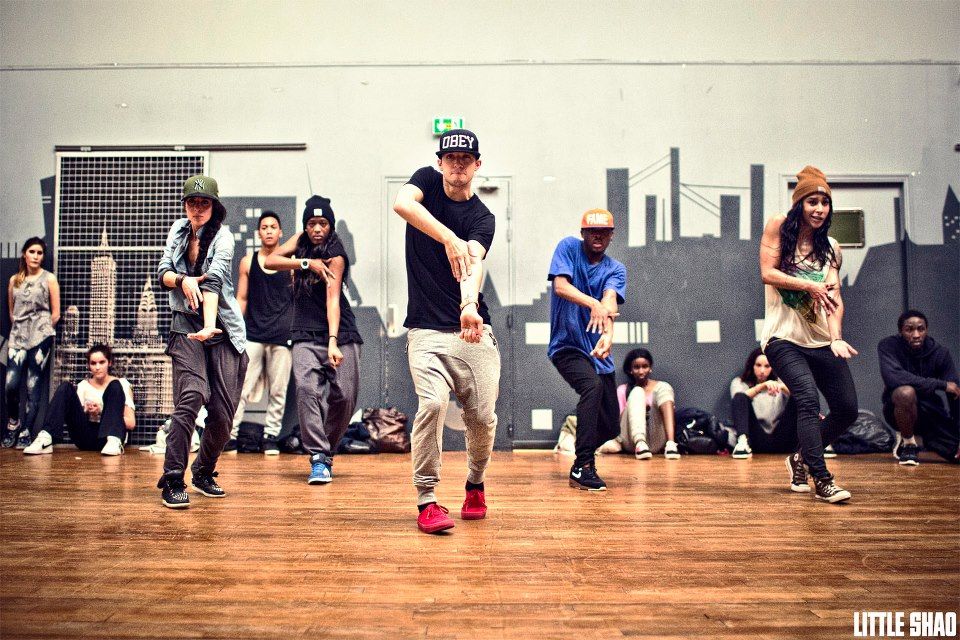 .. And off we go ... If you still fell - try not to panic! Do everything to be noticed - then they will help you to rise. If you got to the stage itself, congratulations, you just got into the "flea market"! So that you don’t get knocked down in this “flea market” - jump in unison with people standing nearby, enjoy the music and general euphoria.
.. And off we go ... If you still fell - try not to panic! Do everything to be noticed - then they will help you to rise. If you got to the stage itself, congratulations, you just got into the "flea market"! So that you don’t get knocked down in this “flea market” - jump in unison with people standing nearby, enjoy the music and general euphoria.
- Photo
- tumblr.com
If you feel that the mosh, slam and flea market near the stage are not for you, then get a VIP ticket to the balcony! The launch to the balcony is carried out separately from the main one, and there is also no risk of falling or being squeezed by the crowd, the audience on the balcony is calm and friendly, and the view of the stage is gorgeous. And your mom won't worry about you. True, you have to pay a tidy sum.
What can you expect besides your favorite music?
You have often seen on the Internet a huge number of people jumping, pushing and shouting.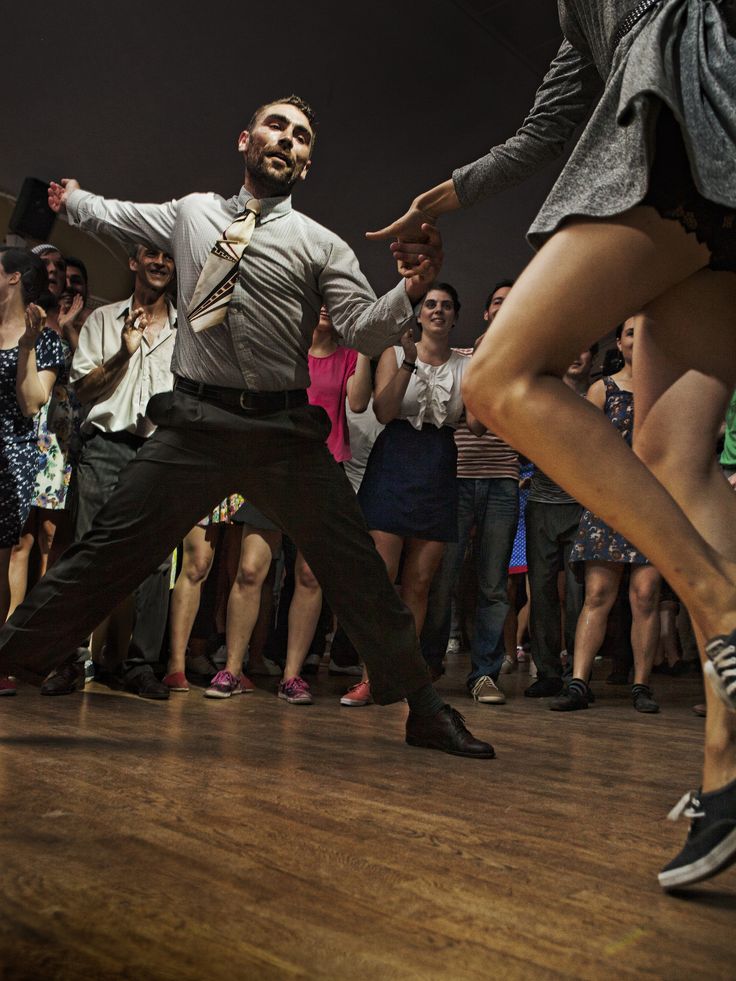 In fact, everything is a little different. Of course, at any concert there is always a flea market, but it's not scary at all, and even fun! After all, you yourself can jump, scream and have fun in every possible way. By the way, it's called "slam". Usually the crowd in the "slam" is very friendly, because they are, first of all, the same thinking people, and there you will find such an understanding that you have never met in your life. Therefore, no one will touch you there if you do not provoke anyone to a quarrel. And it is very easy to provoke a quarrel in our time, for example, with your mobile phone or tablet, which you raised up and closed the entire view to those who are standing behind you. Believe me, this infuriates a lot of people. You came here to enjoy a live performance of your favorite songs, and not to videotape the entire concert, right? :)
In fact, everything is a little different. Of course, at any concert there is always a flea market, but it's not scary at all, and even fun! After all, you yourself can jump, scream and have fun in every possible way. By the way, it's called "slam". Usually the crowd in the "slam" is very friendly, because they are, first of all, the same thinking people, and there you will find such an understanding that you have never met in your life. Therefore, no one will touch you there if you do not provoke anyone to a quarrel. And it is very easy to provoke a quarrel in our time, for example, with your mobile phone or tablet, which you raised up and closed the entire view to those who are standing behind you. Believe me, this infuriates a lot of people. You came here to enjoy a live performance of your favorite songs, and not to videotape the entire concert, right? :)
- Photo
- tumblr.
 com
com
How to meet a guy?
It so happened that in the crowd next to you, shoulder to shoulder, is a handsome guy, and your attention is already attracted not by the languid handsome vocalist, but by him? Believe me, meeting a guy at a concert is very easy, because the fact that you were at this concert shows that you already have a common interest. First of all, you need to get his attention: ask him to move a little, which at a concert will be quite appropriate. Ask at halftime for his opinion on the opening act. Even if you are embarrassed to take the first step, we guarantee you that he will still turn to you during the concert. After all, people who find themselves in the same crowd, one way or another, become one big and very sociable company for those two hours while the concert is going on.
- Photo
- tumblr.com
Enjoy every moment!
Each concert, and especially the concert of the most beloved band in the world, is a great holiday.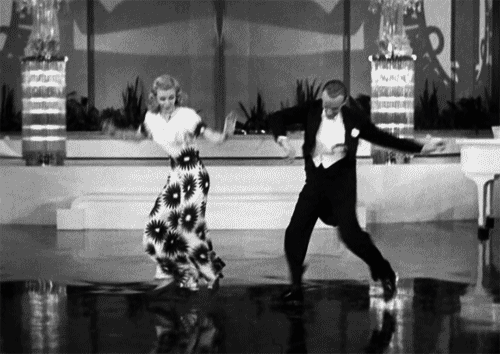 Therefore, despite all these hustle and bustle, waves, slams and mosh, you should come and recharge with crazy energy from people performing on stage, get euphoria from your favorite song, meet new people, forget about all routine problems and enjoy every moment.
Therefore, despite all these hustle and bustle, waves, slams and mosh, you should come and recharge with crazy energy from people performing on stage, get euphoria from your favorite song, meet new people, forget about all routine problems and enjoy every moment.
- Photo
- tumblr.com
How to survive the "post-concert" syndrome?
The concert is over, the band has left, all the friends have gone home, a week has passed, and you have only memories, a lot of selfies and some videos. You constantly remember that grand day when you met with your friends from other cities, how much fun you had, how you enjoyed any music so passionately. Would love to relive that day, right? And after the concert, you feel like the square that the fair left from - empty and frighteningly quiet. We understand that it is not easy to go through this, because it is so hard after such a stunningly bright day to return to the daily routine.
 Don't come drunk
Don't come drunk  Going to a concert not sure if you will get there is not a great pleasure.
Going to a concert not sure if you will get there is not a great pleasure. 
 From the outside, you look very stupid, roaringly lighting under arrhythmic jam. Calm down, dude. Everything is fine.
From the outside, you look very stupid, roaringly lighting under arrhythmic jam. Calm down, dude. Everything is fine.  ellegirl.ru
ellegirl.ru  On top, put on a loose T-shirt, shirt or top. But the most ideal option is a T-shirt with the logo of your favorite band. The main thing to remember is that no matter how cold it is outside, it is always hot in the hall!
On top, put on a loose T-shirt, shirt or top. But the most ideal option is a T-shirt with the logo of your favorite band. The main thing to remember is that no matter how cold it is outside, it is always hot in the hall!  It doesn't take up much space. And if it rains, it will be very helpful. Also, unlike an umbrella, a raincoat will not interfere with you or others. A hat will protect you from sunstroke.
It doesn't take up much space. And if it rains, it will be very helpful. Also, unlike an umbrella, a raincoat will not interfere with you or others. A hat will protect you from sunstroke.  Usually these fans consider themselves "true" connoisseurs of music and behave a little aggressively. Therefore, do not try to squeeze into the beginning or even into the middle of the queue - they may just not do with offensive words. But don't worry, you will still have a chance to be at the stage itself - read about it later;) If you just want to enjoy the music, dance enough away from the uncontrollable crowd, you can safely come at the time indicated on the ticket.
Usually these fans consider themselves "true" connoisseurs of music and behave a little aggressively. Therefore, do not try to squeeze into the beginning or even into the middle of the queue - they may just not do with offensive words. But don't worry, you will still have a chance to be at the stage itself - read about it later;) If you just want to enjoy the music, dance enough away from the uncontrollable crowd, you can safely come at the time indicated on the ticket.  Once again we advise you - do not climb into this crowd. If you come later, then nothing terrible will happen, you will still hear and see your favorite artist! :)
Once again we advise you - do not climb into this crowd. If you come later, then nothing terrible will happen, you will still hear and see your favorite artist! :)  .. And off we go ... If you still fell - try not to panic! Do everything to be noticed - then they will help you to rise. If you got to the stage itself, congratulations, you just got into the "flea market"! So that you don’t get knocked down in this “flea market” - jump in unison with people standing nearby, enjoy the music and general euphoria.
.. And off we go ... If you still fell - try not to panic! Do everything to be noticed - then they will help you to rise. If you got to the stage itself, congratulations, you just got into the "flea market"! So that you don’t get knocked down in this “flea market” - jump in unison with people standing nearby, enjoy the music and general euphoria.  In fact, everything is a little different. Of course, at any concert there is always a flea market, but it's not scary at all, and even fun! After all, you yourself can jump, scream and have fun in every possible way. By the way, it's called "slam". Usually the crowd in the "slam" is very friendly, because they are, first of all, the same thinking people, and there you will find such an understanding that you have never met in your life. Therefore, no one will touch you there if you do not provoke anyone to a quarrel. And it is very easy to provoke a quarrel in our time, for example, with your mobile phone or tablet, which you raised up and closed the entire view to those who are standing behind you. Believe me, this infuriates a lot of people. You came here to enjoy a live performance of your favorite songs, and not to videotape the entire concert, right? :)
In fact, everything is a little different. Of course, at any concert there is always a flea market, but it's not scary at all, and even fun! After all, you yourself can jump, scream and have fun in every possible way. By the way, it's called "slam". Usually the crowd in the "slam" is very friendly, because they are, first of all, the same thinking people, and there you will find such an understanding that you have never met in your life. Therefore, no one will touch you there if you do not provoke anyone to a quarrel. And it is very easy to provoke a quarrel in our time, for example, with your mobile phone or tablet, which you raised up and closed the entire view to those who are standing behind you. Believe me, this infuriates a lot of people. You came here to enjoy a live performance of your favorite songs, and not to videotape the entire concert, right? :)  com
com  Therefore, despite all these hustle and bustle, waves, slams and mosh, you should come and recharge with crazy energy from people performing on stage, get euphoria from your favorite song, meet new people, forget about all routine problems and enjoy every moment.
Therefore, despite all these hustle and bustle, waves, slams and mosh, you should come and recharge with crazy energy from people performing on stage, get euphoria from your favorite song, meet new people, forget about all routine problems and enjoy every moment. 
 That gives you a buffer, just in case you
get lost, get caught in unexpected bad traffic, etc.
That gives you a buffer, just in case you
get lost, get caught in unexpected bad traffic, etc.



 You can start this while s/he is still dancing — that will probably
generate longer applause than what you would get if you wait
until s/he returns to the sidelines.
You can start this while s/he is still dancing — that will probably
generate longer applause than what you would get if you wait
until s/he returns to the sidelines. 
 The heckler may be a friend or family member of the client, and the way you handle the situation may be talked about for years. If you can
keep a good-natured air about you as you cope with the heckler,
your audience will remember you as a real pro who kept her cool
and handled the issue gracefully. Isn't that a nice impression
to leave behind?
The heckler may be a friend or family member of the client, and the way you handle the situation may be talked about for years. If you can
keep a good-natured air about you as you cope with the heckler,
your audience will remember you as a real pro who kept her cool
and handled the issue gracefully. Isn't that a nice impression
to leave behind? It's possible
other audience members will silence him for you.
It's possible
other audience members will silence him for you.  Try
to keep your voice from sounding too angry or bitchy — that could
alienate the other audience members whose support you need to
turn him off. Try to act as though you are amused by his bad
manners, or embarrassed for him. This is usually enough to get
other audience members to apply peer pressure to silence him.
Don't resume dancing until they do. Shut off the music and leave
if you need to.
Try
to keep your voice from sounding too angry or bitchy — that could
alienate the other audience members whose support you need to
turn him off. Try to act as though you are amused by his bad
manners, or embarrassed for him. This is usually enough to get
other audience members to apply peer pressure to silence him.
Don't resume dancing until they do. Shut off the music and leave
if you need to.  If he's trying to tuck a tip in an inappropriate place,
point with your finger to where you would rather have him put
it. That's usually enough.
If he's trying to tuck a tip in an inappropriate place,
point with your finger to where you would rather have him put
it. That's usually enough.  The traditional
theatrical bow from the waist is not necessarily a good idea — it
might emphasize your cleavage too much.
The traditional
theatrical bow from the waist is not necessarily a good idea — it
might emphasize your cleavage too much.  However, if many of the audience members are your friends and family, and you would have been an invited guest anyway, then it may be fine to stay. If you do, change your clothes or put a cover-up such as the one in the photo over your costume before
joining in. Blot the perspiration off your face and refresh your
make-up. No one wants to look at the sweat rolling off your skin
while they talk to you.
However, if many of the audience members are your friends and family, and you would have been an invited guest anyway, then it may be fine to stay. If you do, change your clothes or put a cover-up such as the one in the photo over your costume before
joining in. Blot the perspiration off your face and refresh your
make-up. No one wants to look at the sweat rolling off your skin
while they talk to you.  Why diners behave the way they do, and how to handle it.
Why diners behave the way they do, and how to handle it. net into a language other than English, Shira will be happy to post your translation here on Shira.net along with a note identifying you as the translator. This could include your photo and biography if you want it to. Contact Shira for more information. You may not post translations of Shira's articles on anybody else's web site, not even your own.
net into a language other than English, Shira will be happy to post your translation here on Shira.net along with a note identifying you as the translator. This could include your photo and biography if you want it to. Contact Shira for more information. You may not post translations of Shira's articles on anybody else's web site, not even your own.
 The right music can inspire both you and your audience. The wrong music could alienate your audience, and even ruin your show.
The right music can inspire both you and your audience. The wrong music could alienate your audience, and even ruin your show. You can also use longer songs for an ethnic audience — many popular songs broadcast on Egyptian radio run 4 or 5 minutes in length.
You can also use longer songs for an ethnic audience — many popular songs broadcast on Egyptian radio run 4 or 5 minutes in length.  Clients will expect you to know what you're doing. A paying gig is the wrong environment to try something new — save your experimentation for informal belly dance "insider" events.
Clients will expect you to know what you're doing. A paying gig is the wrong environment to try something new — save your experimentation for informal belly dance "insider" events.


 For example,
do not put a bald man's head between your breasts and
then shimmy them, do not shimmy your breasts directly
in a man's face, do not ask a man to tuck a banknote into
your bra, and do not put your skirt up over a man's head
and then gyrate your hips. Do not sit on a man's lap, and do not feed him grapes. These things alienate audiences. Dancers who engage in these practices
cause the public to lose respect for the dance.
For example,
do not put a bald man's head between your breasts and
then shimmy them, do not shimmy your breasts directly
in a man's face, do not ask a man to tuck a banknote into
your bra, and do not put your skirt up over a man's head
and then gyrate your hips. Do not sit on a man's lap, and do not feed him grapes. These things alienate audiences. Dancers who engage in these practices
cause the public to lose respect for the dance. 


 All rights reserved.
All rights reserved.
